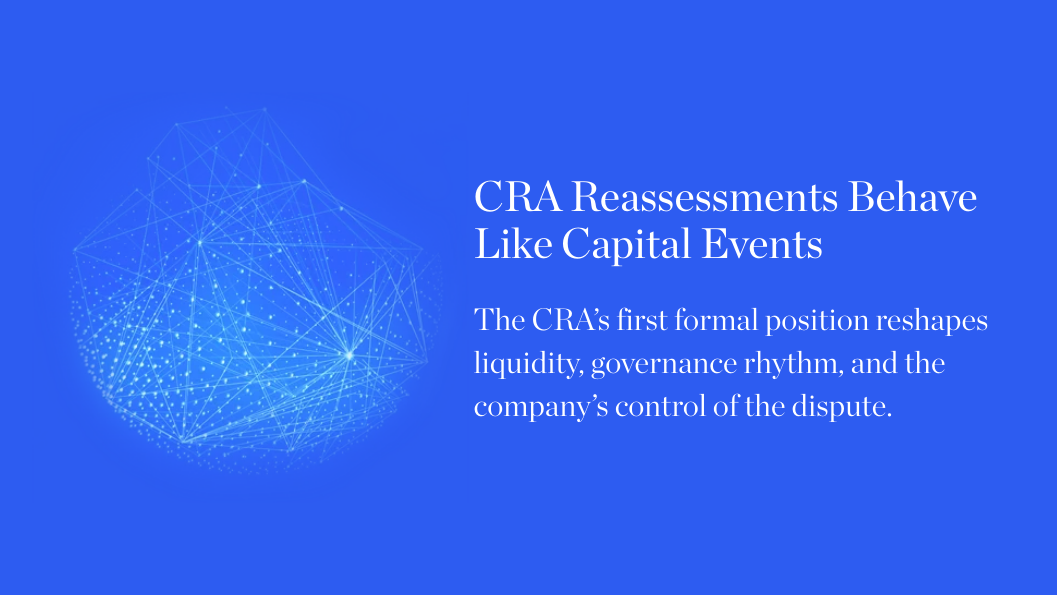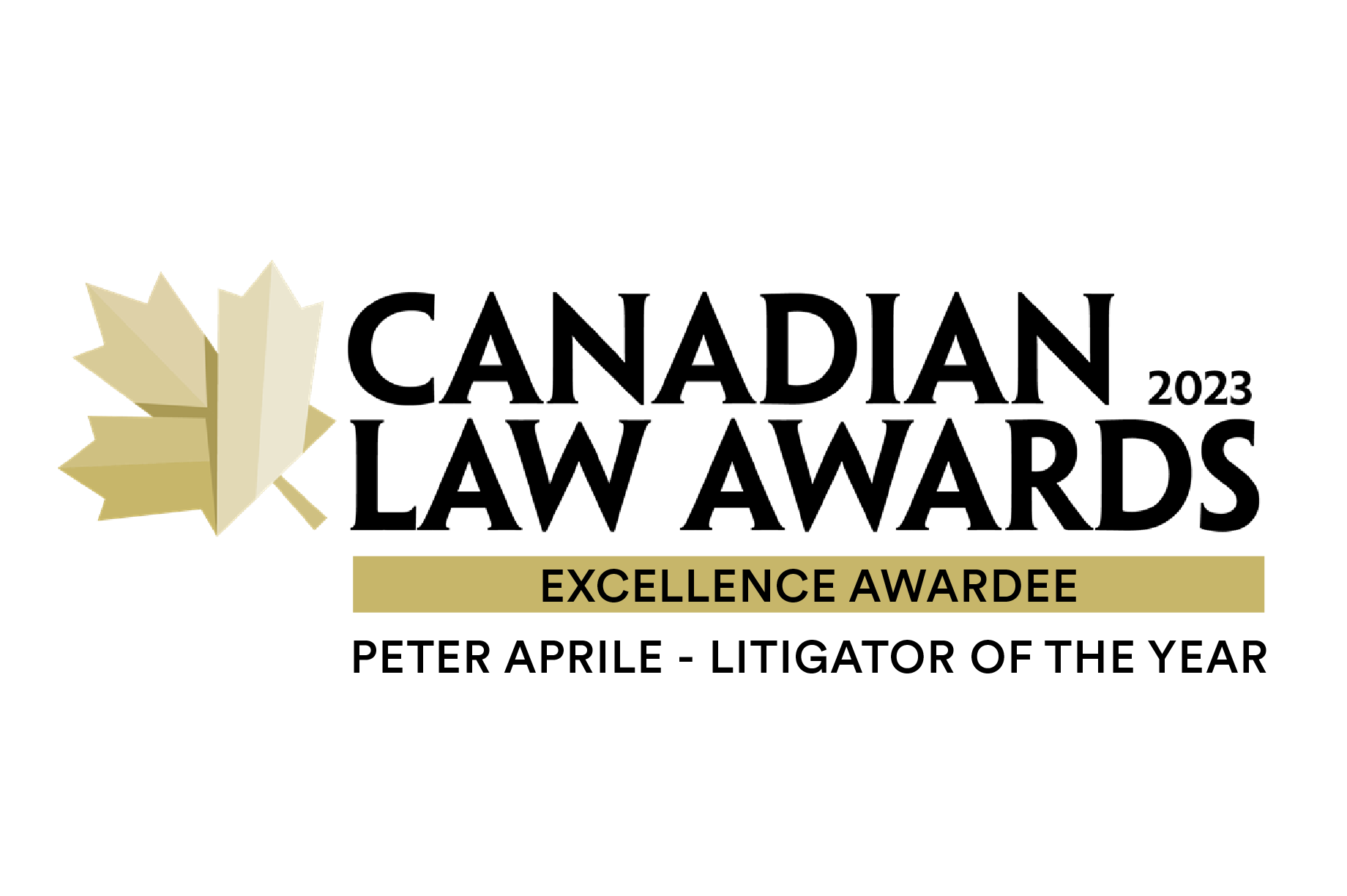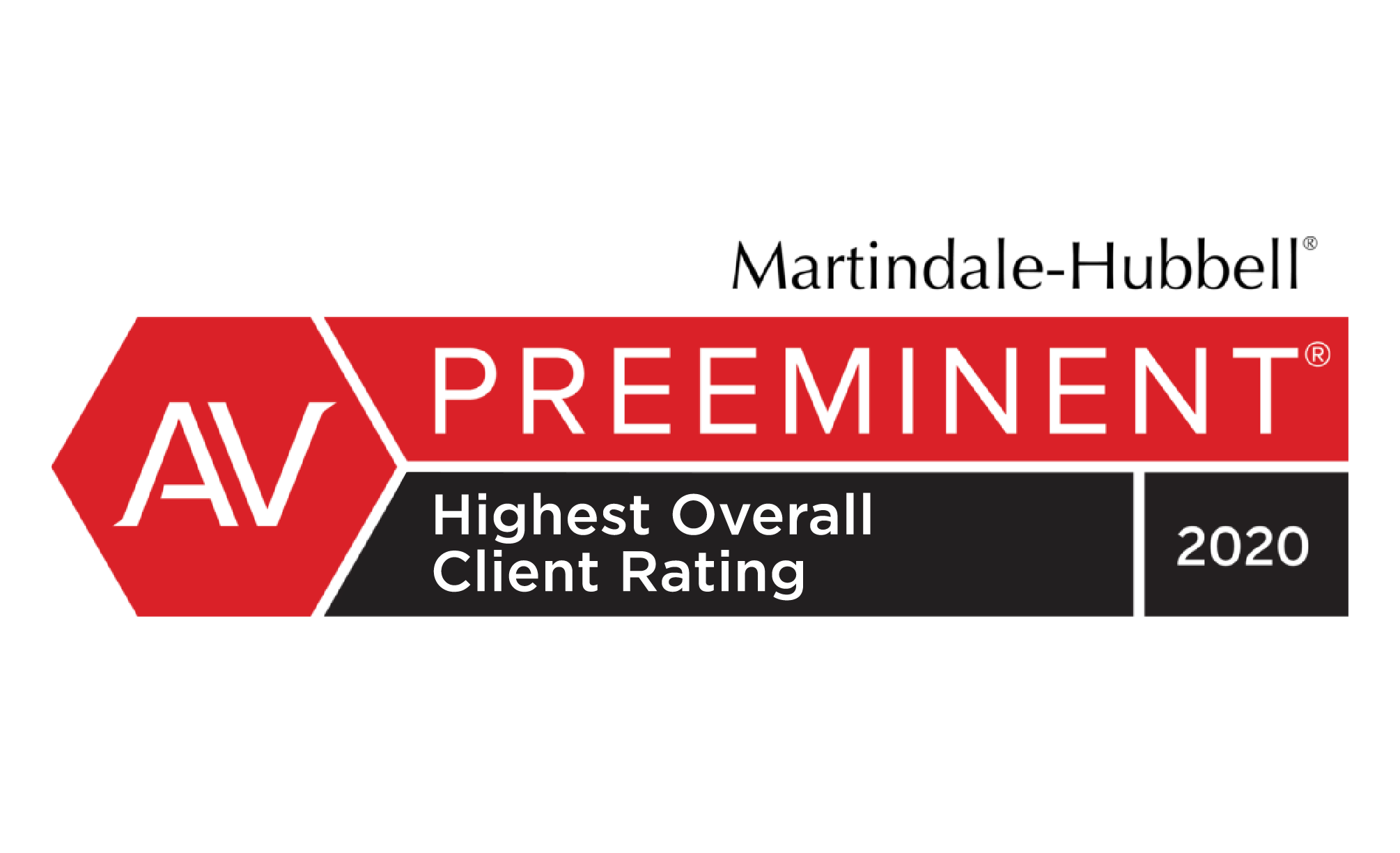
Key Takeaways
- CRA’s incentive design produces earlier, larger, and more persistent reassessments.
- The Large Corporation Rules convert those assertions into temporary capital constraints.
- For executives and boards, a reassessment behaves like a capital markets event that unfolds inside the company.
How CRA’s Audit Design Shapes the Dispute Arena
CRA’s audit model no longer affects only the audit stage. It influences the form, scale, and timing of the disputes that follow.
Under the Tax Earned by Audit (TEBA) metric, audit teams receive credit for the gross value of tax they assess. TEBA captures what is asserted, not what ultimately endures. This separates two ideas that once moved together: issuance and validity.
Three patterns consistently emerge:
1. Front-Loaded Institutional Commitment
When CRA books a position under TEBA, it acquires internal weight. Later reversals occur elsewhere and do not unwind the original credit.
2. Upward Drift in Assertions
TEBA rewards larger assessments, even when parts later fall away. The system favours scope over durability.
3. Long Correction Tails
Because TEBA credits do not reverse, the system tolerates a long lag between assertion and correction.
Expanded access to internal records and testimony accelerates these patterns. CRA often forms its account of events before senior management completes its own evaluation. By the time the proposal letter or reassessment arrives, the starting point is set.
Executive significance: This architecture explains why reassessments increasingly arrive earlier, larger, and sharper. The strategic moment is not the audit. It is the moment CRA formalizes its position and creates an immediate capital and governance event.
For a deeper look at TEBA’s structural effects, see our article: “The CRA’s Tax Earned by Audit Metric & March 31st Target.”
The Executive Lens: Reassessments As Internal Capital Events
When CRA issues a proposal letter or reassessment, the matter moves into a structured arena with financial consequences. A significant reassessment behaves like an internal capital event, bypassing the usual negotiation, underwriting, and external review.
A reassessment resembles a capital call because:- It arrives on statutory paper rather than a term sheet.
- It imposes a binary timeline: pay or secure half the amount.
- It interacts directly with covenants, buffers, and capital plans.
For CFOs, three questions dominate the early dispute-engaged stage:
-
Balance-sheet classification.
How large is the asserted amount relative to existing buffers, committed facilities, and risk appetite? Does it sit within existing headroom, or does it squeeze the frame the board has set for leverage and liquidity? -
Time profile of the exposure.
How long might the 50 percent payment or security requirement remain in place? Which planning cycles will carry that load? How does that timeline interact with known investment windows, refinancing points, or other inflection events? -
Signal to external parties.
How will lenders, investors, or acquirers interpret a sudden, large reassessment? Will they see a controlled, modelled exposure or unmanaged uncertainty?
When Reassessments Behave Like Liquidity Stress Tests
A reassessment under the Large Corporation Rules tests a company’s ability to free and redeploy capital without losing strategic posture. The 50-percent requirement shifts cash or borrowing capacity out of flexible use and into a constrained bucket the moment CRA fixes its position. CFOs treat this as a real-time exam of liquidity discipline, covenant resilience, and the company’s ability to reset plans while maintaining credibility. The core questions become which projects slow, which buffers compress, and how quickly leadership can re-stage its capital map without signalling strain.
Three Structural Effects That Matter In The Dispute-Engaged Stage
By the time a reassessment arrives, CRA’s incentives have already set the opening position. The dispute-engaged phase introduces structure, oversight, and the opportunity to re-align the record around economic reality.
1. Anchoring of CRA’s Narrative
CRA’s position arrives pre-shaped by internal commitments and early access to records.
Executive significance: The dispute process tests which account aligns more closely with documents, operations, and economic substance—not which side argues harder.
2. Larger Provisional Balances and Slow Reversion
Upward drift and slow correction create a familiar pattern:
- provisional balances at the high end of plausible ranges,
- extended periods before correction,
- capital tied up long before the final exposure is known.
Executive significance: For a time, the company carries amounts higher than the real exposure. Those figures still influence cash demands, capital planning, and how external parties read the firm’s risk posture.
3. Capital Immobilization Under the Large Corporation Rules
Once reassessed, the company must pay or secure roughly half the amount. That capital loses its optionality for the duration of the dispute.
Executive significance: Financing, investment, and distribution decisions now run through a filter that includes a temporary, but material, claim on capital.
When Reassessments Become Governance and Signalling Events
Reassessments at scale reshape how boards, lenders, and internal teams evaluate control and judgement.
Board Rhythm
- Directors shift from periodic updates to recurring exposure reviews and capital impact assessments.
Lender Stance
- Banks view significant reassessments as tests of forecasting discipline and internal control.
Internal Confidence
- Leadership’s framing shapes whether the dispute disrupts execution or becomes a managed event.
Executive significance: The dispute becomes a governance and confidence event. Stakeholders watch for stability, judgement, and clarity more than technical detail.
How Directors Read High-Value Tax Disputes
Boards rarely want to referee technical tax arguments. They instead watch how a dispute interacts with the company’s control and judgement.
Three issues tend to matter most:
-
Is there a clear, quantified view of exposure across realistic scenarios?
-
Does management present a coherent case narrative that aligns with observable facts and business logic?
-
How does the plan for capital, communication, and escalation fit within the board’s risk appetite?
Boards evaluate leadership judgement as much as they evaluate the underlying issue.
Where Structure and Judgement Reassert Themselves
Once CRA formalizes its position, the dispute follows a defined institutional path. Companies that manage this stage well tend to share three traits:
A Coherent Case Theory
- One narrative rooted in documents, operations, and economic reality, understandable to boards and lenders.
Exposure and Timing Modelling
- Disputes treated like any other capital or liquidity variable, with structured scenario analysis.
Cross-Stakeholder Alignment
- Boards, lenders, auditors, and internal teams receive one consistent account tailored to their role.
Executive significance: Alignment does not change the technical merits. It changes how the system absorbs the stress.
Proposal Letter Versus Reassessment: Two Distinct Moments
The proposal letter reveals CRA’s theory.
The reassessment converts that theory into a financial claim with immediate capital consequences.
Recognizing the distinction helps executives frame the issue for boards and lenders with precision.
How Leadership Turns a Forced Event Into a Managed One
In this environment, disciplined companies distinguish themselves through how they respond once CRA fixes its position. Clarity of case theory, coherent capital modelling, and aligned communication give executives a way to turn a forced event into a managed one.
The dispute becomes less about the shock of the reassessment and more about the organization’s ability to demonstrate control, judgement, and stability when the system tests them most.

.jpg?width=120&name=Counter%20Tax%20Litigators%20Logo%20Stacked%20(MidnightBlue%20on%20White).jpg)












.png?width=400&height=400&name=CT-How_Can_We_Help-22_july_NewGraphic_b(small).png)

.png?width=1386&height=1224&name=2025%20Legal500%20Elite%20Boutique%20Award%20(Badge).png)
.png?width=1386&height=1224&name=ITR%20Finalist%20Practice%20Leader%20of%20Year%20Peter%20Aprile%202024%20(Badge).png)
.png?width=1386&height=1224&name=2025%20Legal500%20Leading%20Firm%20Client%20Satisfaction%20Award%20(Badge).png)





.png?width=1386&height=1224&name=ITR%20Tax%20Innovator%20Finalist%202024%20Award%20(Badge).png)
